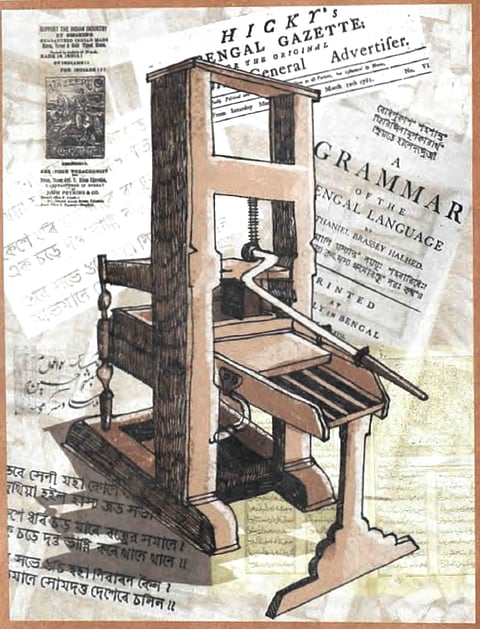A little over three decades ago I made my first, accidental, entry into the world of publishing in India. I was just finishing my Masters degree, and wanted to make a decisive move away from English literature to something more 'relevant' to my life in the thriving, bustling, politically alive city of Delhi. The university was a hotbed of furious political debate, the women's movement was just taking off – surely, I thought, there has to be more to life than Spenser and Milton (much though I loved them). At the time, a friend worked as a secretary in the Oxford University Press office in Delhi. Perhaps, she suggested, I should do some freelance work there and see how I liked it. I thought it was a brilliant idea.
At the time, a great deal of publishing activity in Delhi was concentrated along two roads. The longer one, Asaf Ali Road, lay just outside the wall of the old city, while a shorter strip, Ansari Road, lay just beyond. Ansari Road housed large and small publishers alike, and during the lunch hour many of them (almost all male) could be seen at the samosa and paan stalls, exchanging gossip and news, while small lorries and hand-drawn carts loaded with packets of books made their way to publishers' warehouses.

